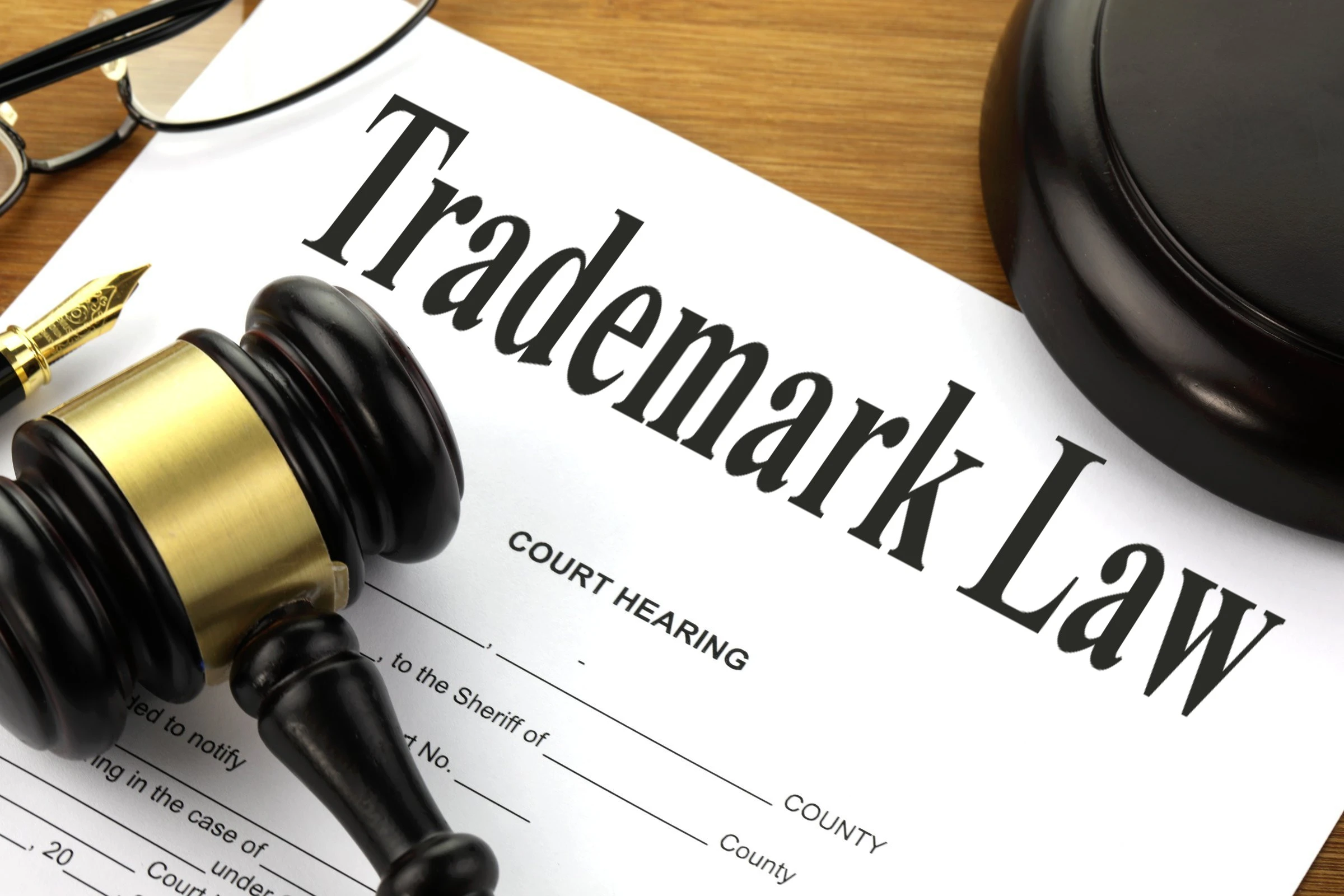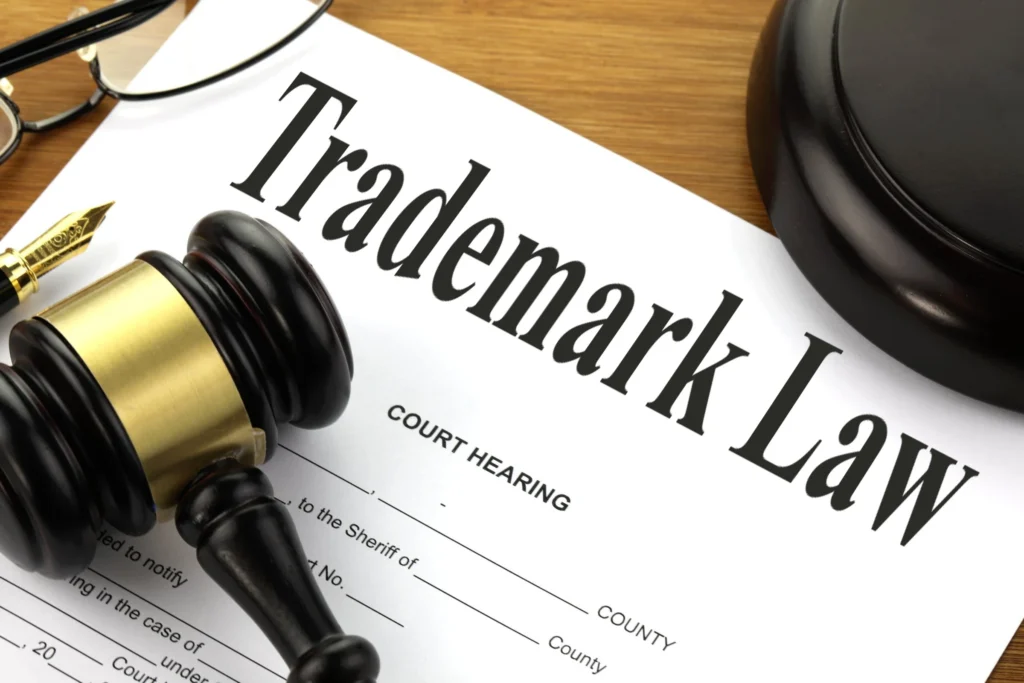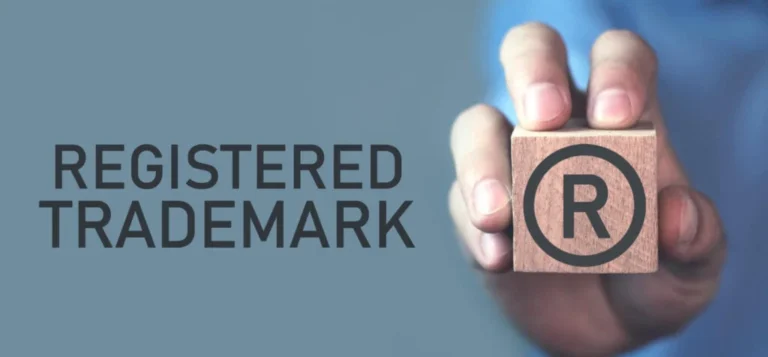Introduction
You’ve worked hard to build your brand. But what if someone else files a trademark that’s too close to yours? That’s where a trademark opposition comes in. If you spot a conflicting trademark during the USPTO’s publication process, you have the right to challenge it before it becomes registered.
In this guide, we’ll explain when and why to file a trademark opposition, how the process works in the U.S., and why acting quickly could save your brand from costly infringement issues.
What is a Trademark Opposition?
A trademark opposition is a formal legal action taken to prevent a pending trademark application from being registered with the United States Patent and Trademark Office (USPTO). It happens during the 30-day publication window, where the public can review and contest any new trademarks before they’re finalized.
When Can You File a Trademark Opposition?
Once a trademark application has been reviewed by a USPTO examiner and approved, it enters the “Publication for Opposition” phase in the Official Gazette. From that date, you have 30 days to file an opposition or request an extension.
You should consider filing a trademark opposition if:
- The mark is confusingly similar to your registered or pending mark
- The applicant’s trademark is likely to dilute your brand
- The new mark is deceptively similar or misleading
- You believe the applicant doesn’t have actual rights to the name
- The mark could cause consumer confusion
Why File a Trademark Opposition?
Filing a trademark opposition is often the best way to protect your brand without having to go through a costly federal lawsuit later.
Key Reasons to File:
- Protect Brand Identity: Prevent customer confusion by stopping similar names.
- Avoid Marketplace Damage: Block competitors from riding on your brand’s reputation.
- Save Money: Early opposition is cheaper than post-registration litigation.
- Secure Legal Rights: Strengthen your position by showing you actively defend your trademark.
How the Trademark Opposition Process Works
1. Monitor the Official Gazette
Stay updated weekly on new trademark publications via the USPTO’s Official Gazette.
2. Identify Conflicting Marks
If a mark is too close to your own, gather evidence of your existing rights, prior use, or likelihood of confusion.
3. File the Notice of Opposition
This legal document is submitted to the Trademark Trial and Appeal Board (TTAB), outlining your reasons for opposition. You may also request a 30-day extension to prepare your case.
4. Proceed Through TTAB Process
The opposition then goes through a process similar to court litigation:
- Discovery phase (evidence collection)
- Testimonies
- Legal briefs
- Final decision by the TTAB
Common Mistakes to Avoid
- Missing the 30-day window – After this period, you lose your chance to oppose.
- Not using a U.S. attorney – Foreign applicants must use licensed U.S. counsel.
- Lack of evidence – Your claim must be supported by prior use or registration.
- Waiting too long to act – Delay may weaken your position later.
What Happens If You Win?
If your opposition is successful:
- The USPTO will refuse registration of the conflicting mark.
- Your brand remains distinct and protected.
- You send a strong signal to future applicants that your mark is actively defended.
If you lose:
- The applicant’s mark may proceed to registration.
- You may consider other actions like cancellation or civil litigation (if needed).
Final Thoughts
Filing a trademark opposition is a critical step in guarding your intellectual property. Whether you’re a startup or an established brand, monitoring new filings and opposing conflicting marks can prevent future confusion and brand dilution. The key is to act fast and with proper legal support.
At IP Bureau, we assist businesses and brand owners in filing trademark oppositions, preparing TTAB cases, and keeping their marks protected nationwide. If you’re unsure about a pending trademark, let our team review and guide you.





